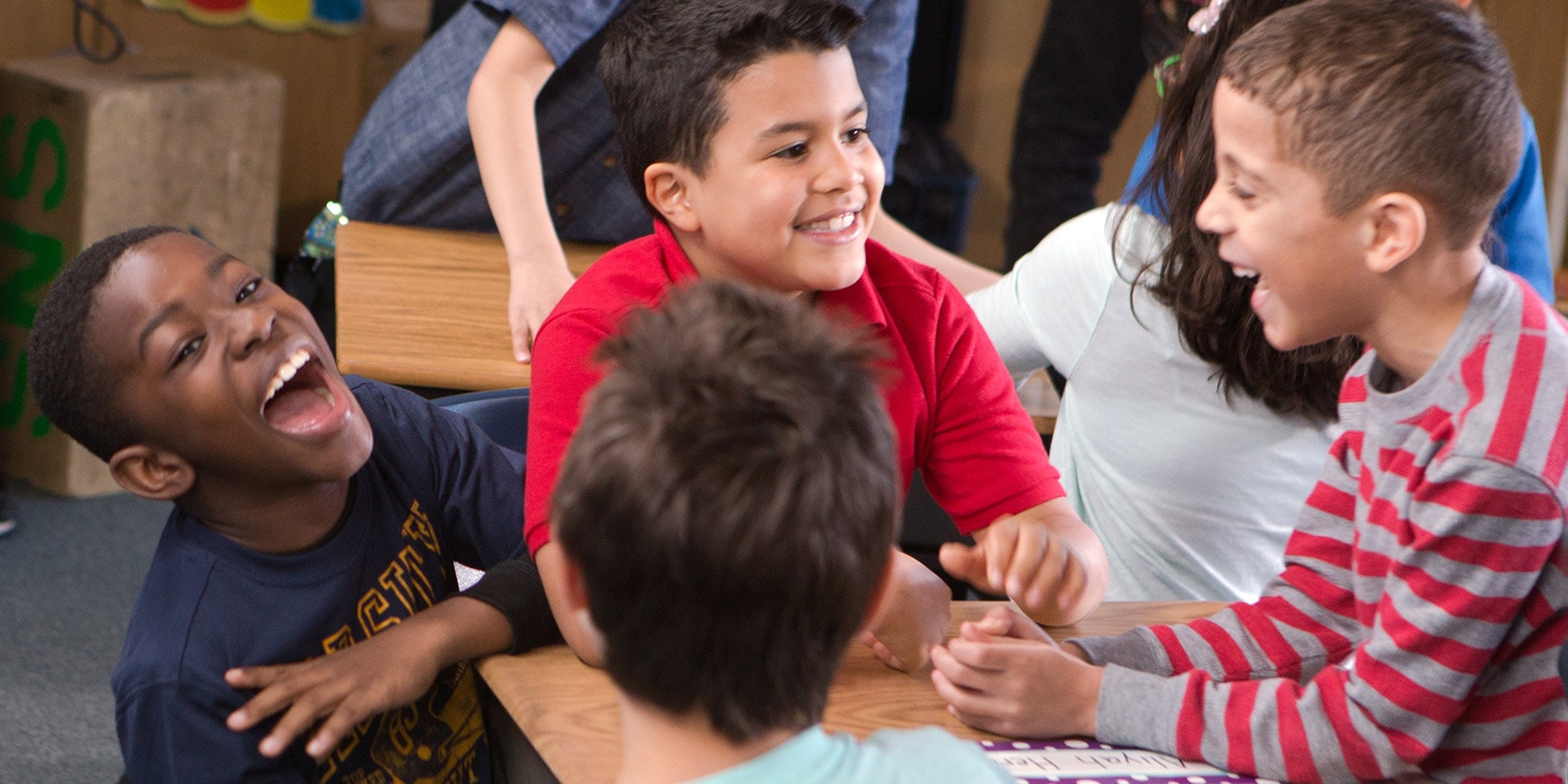Case study – assessing a child with difficulty controlling his anger

Behavioural (or conduct) disorders are a group of disorders characterised by repetitive and persistent patterns of disruptive and violent behaviour in which the rights of others, and social norms or rules are violated.
About one in twenty (4.6%) 5 to 19-year olds had a behavioural disorder, with rates higher in boys (5.8%) than girls (3.4%).
Understanding behavioural difficulties and academic ability
Raj was a young man of fifteen years old. He had been permanently excluded from his secondary school in Year 10 due to fighting with a peer. This was a serious incident, which resulted in the brief hospitalisation of the other boy. Raj was permanently excluded for the seriousness of this incident. However there had been several other smaller incidents just before this involving other young men.
Following the exclusion, Raj attended a Secondary Pupil Referral Unit (PRU) full-time to complete his GCSEs. Despite persistent difficulties controlling his anger, Raj had the potential to complete his GCSEs. The PRU supported Raj to manage his behaviour by providing him with interventions around conflict resolution and anger management. Raj was also provided with sports that enabled him to exercise his strength in more controlled ways. Raj seemed to embrace all of these strategies for the duration of Year 10 and the beginning of Year 11. However, an incident arose after the Christmas holiday during Year 11 in which Raj showed his anger again in a more intensified form at the PRU. The staff decided to raise Raj at the PRU Planning Meeting to discuss what else could be offered.
Evaluating strategies for managing disruptive behaviour
As part of the Specialist Educational Psychology role at the PRU, Play Therapy and Sandplay Therapy were available. It was decided that due to Raj’s age, Sandplay Therapy would be offered as an intervention for Raj. This would be for a period of eight to twelve weeks weekly with an EP, also qualified as a Sandplay Therapist. The intervention was discussed with Raj by Support Staff as one that had not been tried and might help Raj to deal with his behaviour now and in the future. Raj agreed to meet with EP and they discussed the seriousness of Raj’s behaviour, interventions that had been tried previously and the possible consequences of Raj’s behaviour if nothing was done.
During this consultation, Raj expressed anguish at what he was capable of doing and the helplessness he felt. Raj agreed to participate in the therapeutic sessions and committed fully to the intervention. He used the symbolic work in the sandplay to work through difficulties in his family and the sadness and loss he experienced around the absence of females in his life over time. Raj was a keen artist and was working towards his Art GCSE. He used the available creative media available following sandplay to further develop his understanding of the symbols he used through drawing and painting. Raj engaged in further exploration in his Art GCSE coursework. He used words to describe his artistic process to make sense of his therapeutic journey.
Therapy outcomes and successes
During the intervention and the specialist supervision that occurred for the Sandplay Therapist, it was possible to see Raj’s growth and developing maturity. He was able to understand what had caused his anti-social behaviour, what maintained it and to facilitate his own personal agency in learning to manage these feelings. Raj also embraced his own cultural and social identity. Following the twelfth session, Raj went on study leave and completed his GCSE exams. He gained passes in all of them with his highest grade in Art and Design.
About the author
Dr Melanie Adkins is a Senior Educational Psychologist and Play Therapist in a local authority (LA) and runs her own company, ColourMeHappyLtd. Melanie trained as an Educational Psychologist at the Tavistock Centre in 2005/6 and has been working in the same LA since this time. She completed her Doctorate in Educational Psychology at UCL, between 2008 and 2014, whilst working and starting her family.